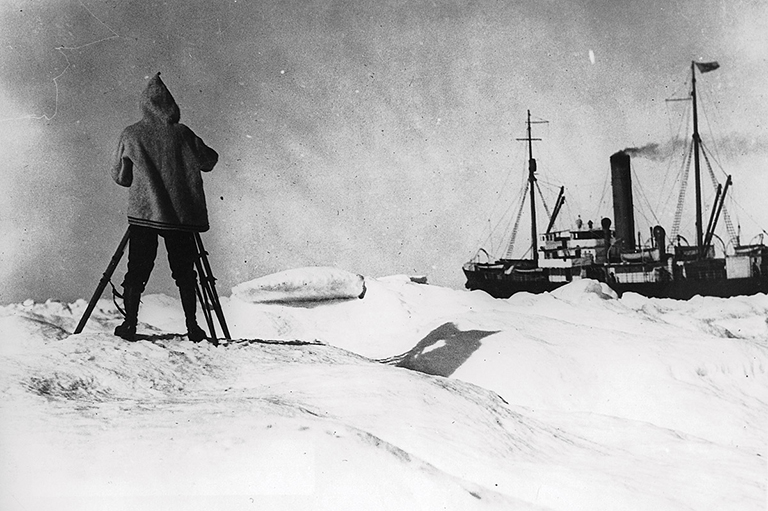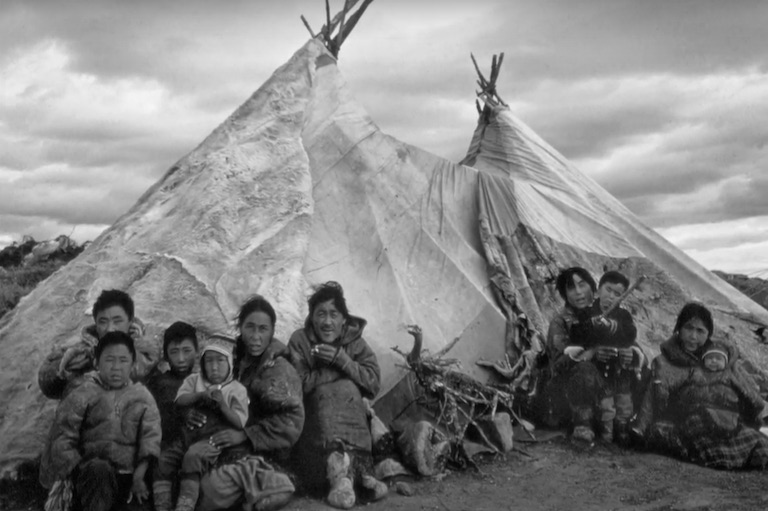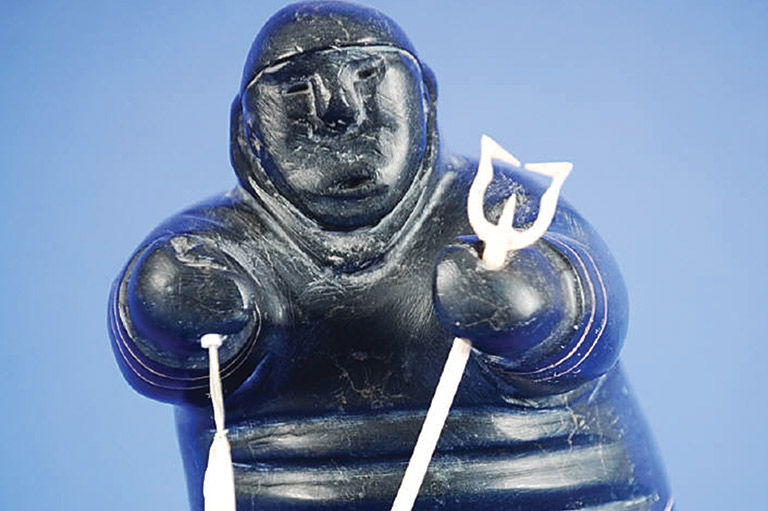Riel’s Descendants Donate Trove of Manuscripts
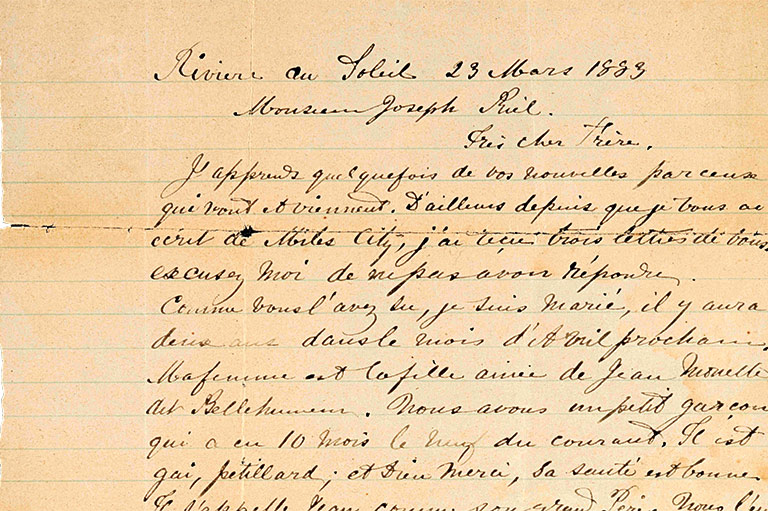
In 1883, Métis leader Louis Riel, in exile in the United States, wrote a letter to his brother Joseph Riel, breaking a silence of more than two years. This touching correspondence, originally written in French, reflects a deep sense of adversity. Riel laments: “Since I wrote to you, I have been confronted with many misfortunes.... I am as poor as can be. I no longer have any influence. Far from being able to help others, I can barely help myself.”
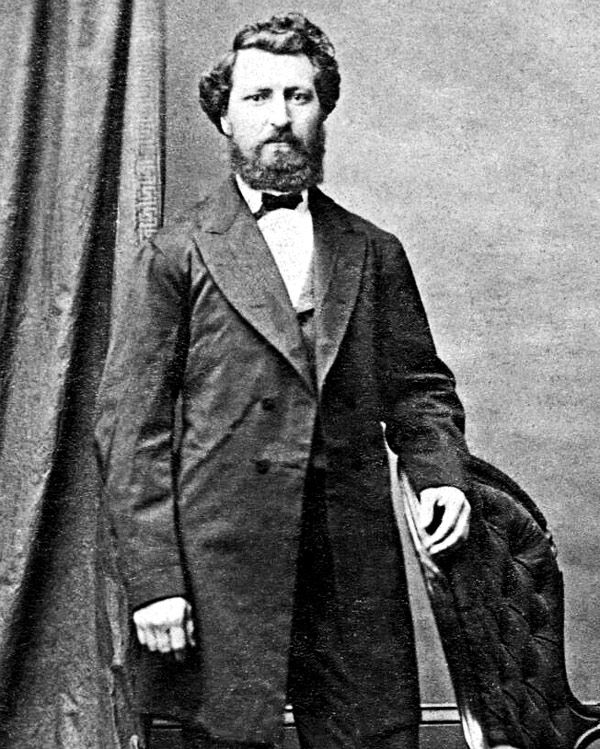
The letter also includes some moving personal details, such as Riel’s apology that he could not send a portrait of his ten-month-old son, Jean, because it was impossible “to keep him still.”
This vivid account gives an insight into the emotional and financial struggles Riel endured during his exile from Canada following his participation in the Red River Resistance of 1869–70. The excerpt represents just a fraction of the precious stories to be found in the exceptional collection of letters and notebooks written by Riel and recently acquired by the University of Calgary Archives and Special Collections.
Carefully preserved by Riel’s descendants, these precious artifacts offer a view into Riel’s inner world, exposing his emotions, tribulations, and aspirations, and painting a very human portrait of a personage who has often been mythologized. The manuscripts have been digitized and are now available for the first time to the general public as part of the university’s Louis Riel Collection at ucalgary.ca/riel.
Digitization ensures the documents’ preservation while giving researchers the ability to study the personal and intimate life of Louis Riel from a primary source. The online collection offers members of the public a rare opportunity to deepen their understanding of the historic struggles of Métis people in Canada.
Canada's History magazine was established in 1920 as The Beaver, a Journal of Progress. In its early years, the magazine focused on Canada's fur trade and life in Northern Canada. While Indigenous people were pictured in the magazine, they were rarely identified, and their stories were told by settlers. Today, Canada's History is raising the voices of First Nations, Métis and Inuit by sharing the stories of their past in their own words.
If you believe that stories of Canada’s Indigenous history should be more widely known, help us do more. Your donation of $10, $25, or whatever amount you like, will allow Canada’s History to share Indigenous stories with readers of all ages, ensuring the widest possible audience can access these stories for free.
Any amount helps, or better yet, start a monthly donation today. Your support makes all the difference. Thank you!
Themes associated with this article
Advertisement
With 7 uniquely curated newsletters to choose from, we have something for everyone.

